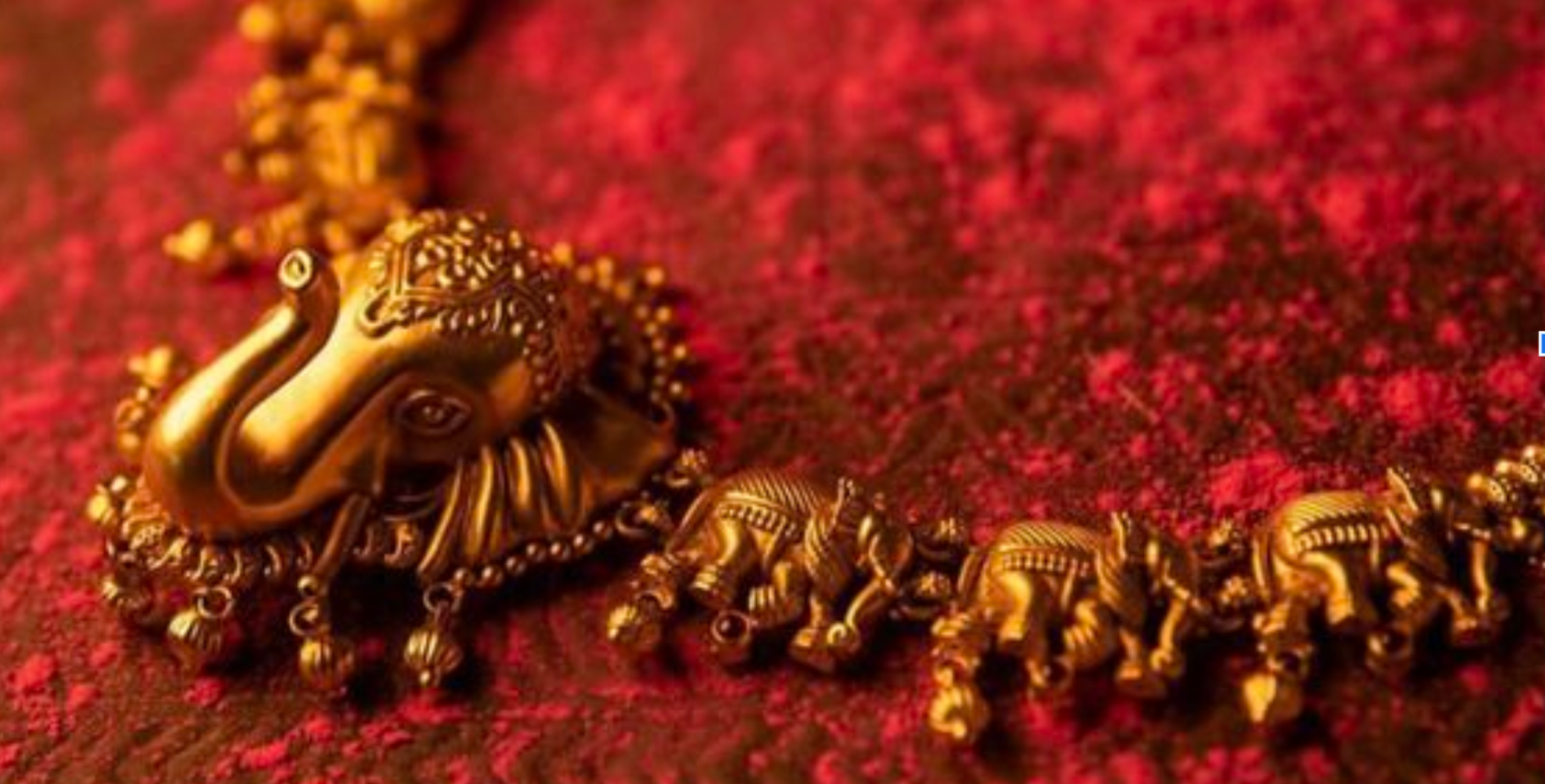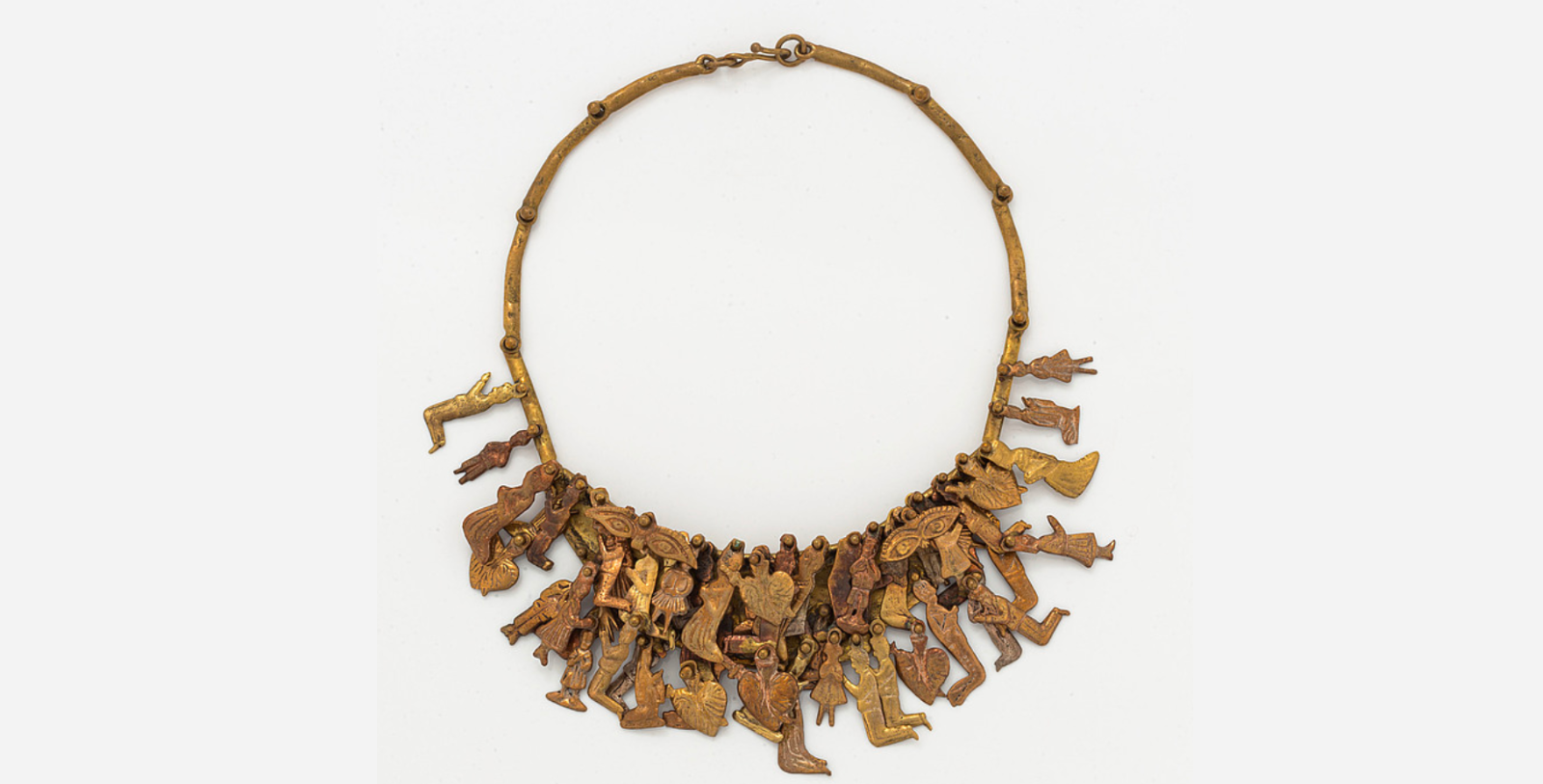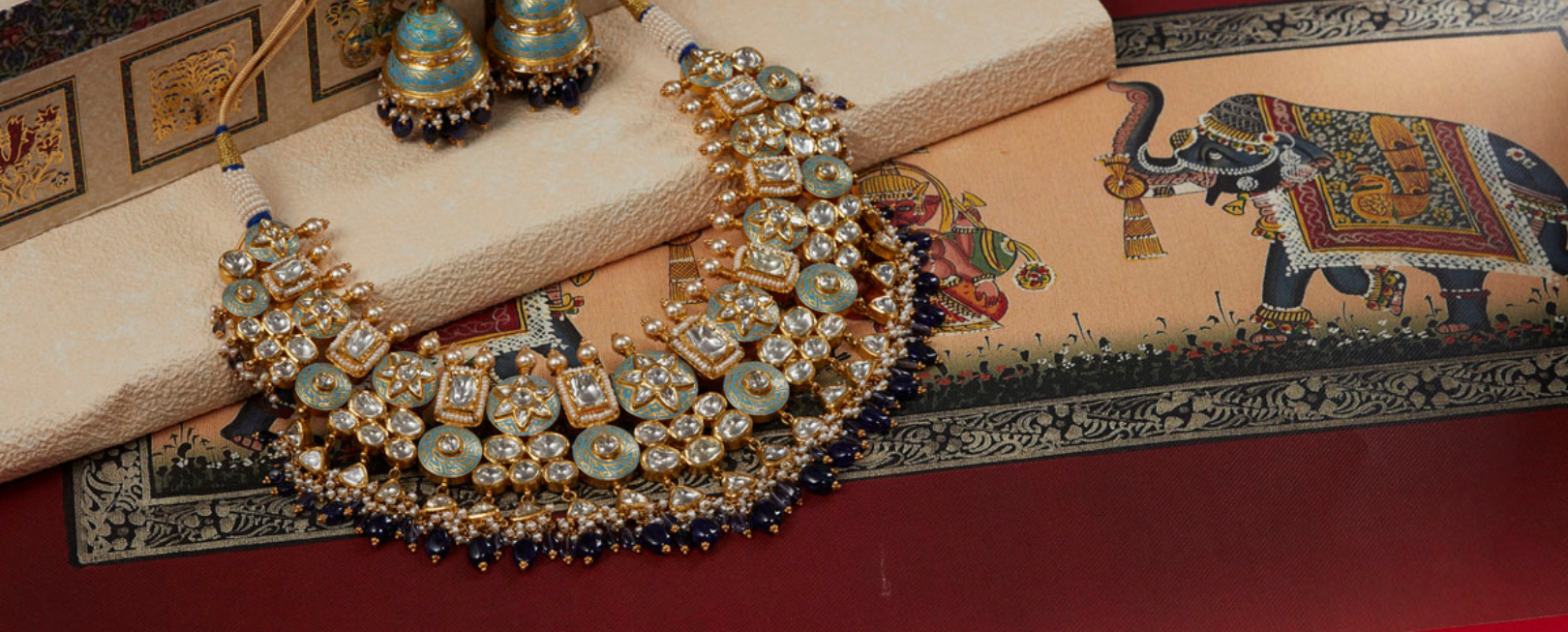
Thehro! Laga Aau’n Naino’n Mein Kajra,
Choti Mein Goonth Aau’n Phoolon Ka Gajra,
Main To Kar Aau’n Solah Shringar Re, Thaare Rahiyo, Thaare Rahiyo O Baanke Yaar Re”
….. sings in Awadhi, the Lakhnavi Courtesan, Sahib Jaan (played by Meena Kumari), in the film Pakeezah.
When a bride enters all decked up in her Sola Shringar, she is the epitome of grace, elegance and beauty. She is in her strongest avatar, not just physically but mentally as well. The significance of a bindi, kamarband and mang tikka, along with other shringar, gives her the power to survive in the forthcoming chapter of her life.
Her appearance is a testament to the culture, values and traditions of Indian Hinduism.
Solah Shringar, the powerful story of sixteen enchanting adornments cherished by Hindu women, is an event of beauty and mythology intertwined. Its origin is deeply rooted in the stories of Rati, Goddess Laxmi, and the god of love, Kamdev.
The story begins with Rati initially not being considered beautiful, and her lack of affection from men made her sad. Determined to transform her fate, she started devotion, seeking the blessings of Goddess Lakshmi, the deity of wealth and prosperity. In response to Rati’s faith and commitment to Goddess Laxmi, the Goddess bestowed upon her the divine gift of Solah Shringar, an intricate set of sixteen adornments.
These sixteen adornments are believed to possess the power to captivate one’s beloved and usher prosperity into one’s household. The power of Solah Shringar lies not only in its aesthetic appeal but also in the profound symbolism and cultural significance it carries. Although these adornments and their motifs vary by region, they still reflect the culture of India. reflecting the diverse cultural tapestry of India.
With the grace of Solah Shringar, Rati’s life transformed, and she eventually became the cherished wife of Kamdev, renowned as the most handsome figure in the universe.


Starting from the topmost part of the body, the head is where the sindoor, also called vermillion, is put. It stands exactly at the midpoint of the forehead, ending at the foremost part of the head, or up until the midpoint of the head in some religions. It is also the first part of the recognition of a woman as a bride or married woman after the marriage.
Sindoor’s application was adapted by the Harappan women, who would put vermillion on their foreheads as a way to show that she was married and not open to accepting any other love relationships in their lives. It was a way to keep other men from approaching her to be married to him.






Bajuband, also known as armlets, is worn as an adornment on the upper arm by brides and also by women on many other Indian occasions. It can be worn in silver or gold metal and is generally embellished with beautiful work and stones. It is quite the star of the show in Rajasthan and South Indian functions. It is believed that armlets help keep evil eyes and negative vibes at bay and resolve financial situations at home.








Gajra, Phool or hair adornments are used to make the bride’s hair look prettier all the time. In traditional times, a braid was made with a mala of phool attached to it, which gave the hair a beautiful smell and look. Gajra or other types of flowers like roses and orchids are now used as hair adornment.

Now that you know the significance of all 16 Shrighar elements for your wedding day, you may want to bring the best of each adornment to your big day.. While we can surely be your maid of honour to bring the bride’s glow, today we can stick to helping you get the most suitable gem for you. So get in touch with our consulting team; we are ready to provide you with our KZL vows.




Know More
Get In Touch
Know More
Get In Touch
